Indoor cats require a well-balanced diet that meets their specific nutritional needs while keeping them happy, active, and healthy every day. Unlike outdoor cats, they have lower activity levels, which makes choosing the best dry cat food for indoor cats essential for weight control and digestive health. A proper diet can prevent obesity, promote a shiny coat, and support their immune system for a long and healthy life.
Owners should focus on protein-rich, fiber-packed, and nutrient-dense formulas to maintain their feline friend’s optimal health. Let’s discuss the top dry food options, essential ingredients, feeding tips, and real-life examples of happy, thriving indoor cats.Finding the best cat food for indoor cats involves understanding key ingredients, nutritional value, and benefits that contribute to overall well-being.
The Importance of Specialized Nutrition for Indoor Cats
Indoor cats lead a more sedentary lifestyle, requiring fewer calories but higher-quality nutrition to support digestion, weight management, and coat health. Here’s why specialized dry cat food is necessary:
- Weight Management – Less physical activity means a higher risk of obesity; balanced meals prevent excess weight gain.
- Digestive Health – High fiber content aids digestion and reduces hairballs, common among indoor felines.
- Immune Support – Added vitamins, minerals, and antioxidants strengthen the immune system.
- Healthy Skin & Coat – Omega-3 and Omega-6 fatty acids promote a shiny coat and reduce shedding.
By choosing the best dry cat food for indoor cats, pet parents can ensure their feline companions receive optimal nutrition without unnecessary fillers or artificial additives.
Key Ingredients to Consider in High-Quality Dry Cat Food
A high-quality diet begins with the right ingredients. When selecting dry food, look for these essential nutrients:
- High-Quality Animal Protein – Chicken, turkey, or fish should be the primary ingredient for muscle maintenance.
- Natural Fiber Sources – Ingredients like beet pulp or psyllium husk help with digestion and hairball control.
- Taurine – An essential amino acid crucial for heart health and vision support.
- Healthy Fats – Omega fatty acids from fish oil or flaxseed contribute to skin and coat health.
- Limited Carbohydrates – Avoid excessive grains and fillers, which can contribute to weight gain.
- Probiotics & Prebiotics – Support a healthy gut microbiome and improve digestion.
- Best Choices: Top Dry Cat Food for Indoor Cats
1. High-Protein Formulas
For indoor cats needing muscle maintenance and energy levels:
- Contains real meat as the first ingredient
- Grain-free or limited-grain options
- Supports lean muscle and active metabolism
2. Weight Management & Hairball Control
Best for cats prone to weight gain or hairball issues:
- Higher fiber content for better digestion
- Reduced calorie formula to prevent obesity
- Added probiotics for gut health
3. Sensitive Stomach & Allergy-Friendly Options
For cats with digestive issues or food sensitivities:
- Free from artificial preservatives and fillers
- Hypoallergenic ingredients like duck or salmon
- Supports a healthy immune system
4. Essential Feeding Tips for Indoor Cats
To ensure your cat stays healthy, follow these feeding tips:
● Portion Control – Follow the feeding guidelines on packaging to prevent overfeeding. Measuring food portions can help maintain a balanced diet and avoid unnecessary weight gain.
● Hydration Matters – Provide fresh water at all times and consider incorporating wet food into their diet to support kidney health and hydration.
● Scheduled Feeding – Stick to regular feeding times rather than free-feeding to maintain a stable metabolism and prevent overeating.
● Monitor Weight Changes – Keep an eye on your cat’s weight and adjust food portions accordingly. If your cat starts gaining or losing weight unexpectedly, consult a veterinarian.
● Encourage Activity – Indoor cats can benefit from interactive feeding toys or puzzle feeders that make mealtime engaging and encourage movement.
● Choose Quality Treats – Limit treats to 10% of your cat’s daily calorie intake, opting for high-protein or freeze-dried meat treats.
Case Studies: Luna’s Weight Management Journey
Luna, a four-year-old indoor cat, struggled with weight gain due to a lack of activity. After switching to a high-protein, weight-management dry food, her energy levels improved, and she maintained a healthy weight within three months.
Oliver’s Digestive Health Improvement
Oliver had frequent hairballs and digestive issues. His owner switched to a high-fiber formula with added probiotics, reducing hairball incidents and improving digestion within weeks.
Conclusion
Providing the best cat food for indoor cats ensures they receive optimal nutrition for a healthy, happy life. By selecting high-quality dry food tailored to their needs, owners can prevent common health issues like obesity, digestive troubles, and coat problems. Always read ingredient labels, follow feeding guidelines, and consult a veterinarian for personalized recommendations. Keep your feline companion thriving with the right diet, and enjoy many joyful years together!
Frequently Asked Questions (FAQs)
1. What is the best dry cat food for indoor cats?
The best dry cat food is one that is high in protein, rich in fiber, and free from artificial additives. These foods support weight management, digestion, and overall well-being. Look for formulas that contain real meat as the first ingredient and essential nutrients like taurine and Omega fatty acids.
2. How often should I feed my indoor cat dry food?
Indoor cats should be fed two to three times daily. The portion size depends on their age, weight, and activity level. It’s essential to follow feeding guidelines provided on the food packaging and adjust portions as needed to maintain a healthy weight.
3. Can indoor cats eat regular dry cat food?
Yes, indoor cats can eat regular dry cat food, but specialized indoor formulas are better. These formulas contain lower calorie content, higher fiber for digestion, and essential nutrients that support hairball control, weight management, and overall health.
4. How can I prevent my indoor cat from gaining weight?
Choose a balanced, low-calorie dry food, practice portion control, and engage them in interactive play sessions.
5. Should I mix wet and dry food for my indoor cat?
Yes, mixing wet and dry food can be beneficial. Wet food provides hydration, supports kidney health, and adds variety to your cat’s diet. A combination of both ensures balanced nutrition while preventing dehydration, which is common in cats that consume only dry food.

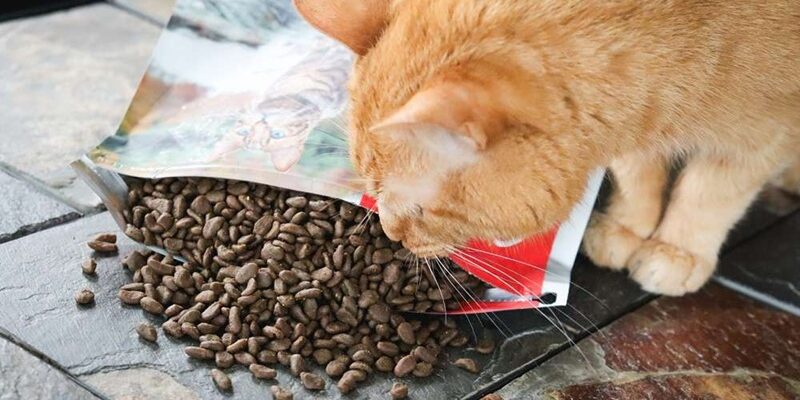

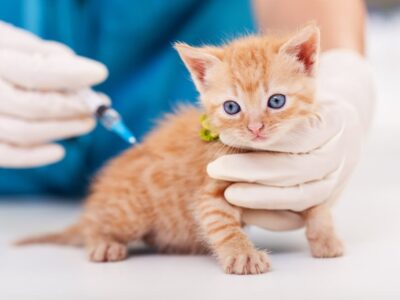
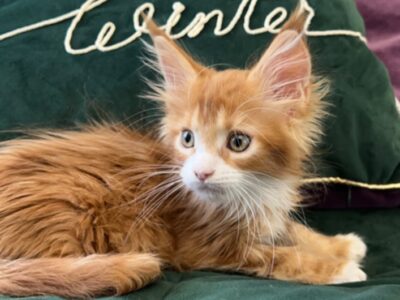
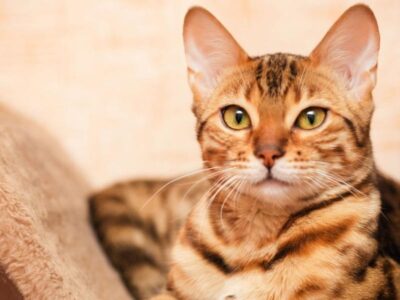
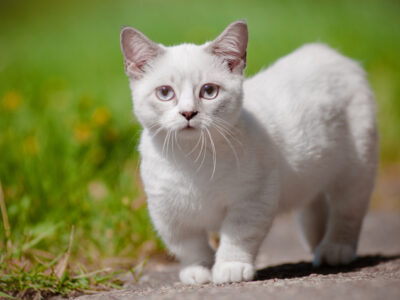
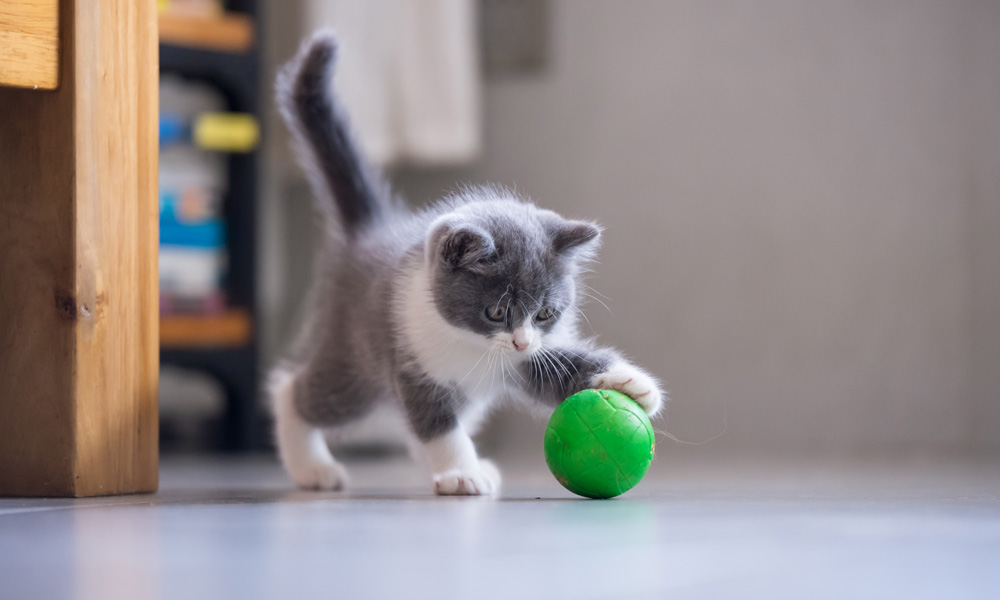



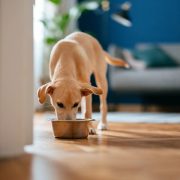
Comments